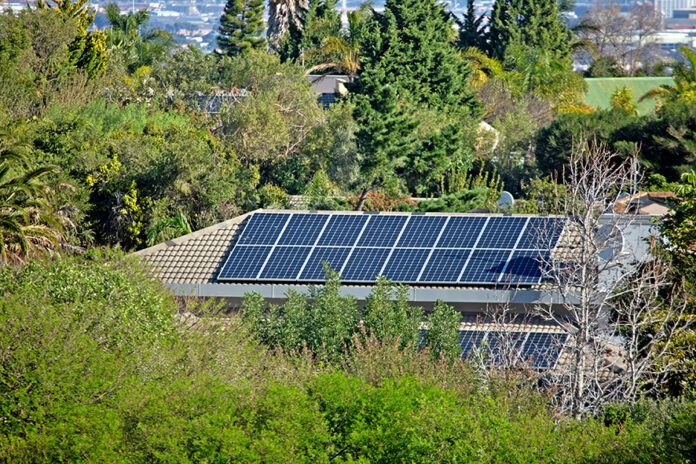South Africans have been battered by power shortages for several years. These have worsened to the point that towards the end of 2022, the country’s electricity utility, Eskom, had only half of its power generation capacity operational.
This has forced Eskom to escalate its rotational power cuts. By mid-January 2023, users were typically without electricity for eight to 10 hours a day.
It’s expected that this year, especially in winter, the country’s electricity supply will decline to the point where power may sometimes be available for only 12 hours a day. Nor is the situation expected to improve in the medium to long term.
The result is that South Africans are being forced to explore alternative sources of electricity. Fifteen years ago, South Africans had access to abundant electricity at some of the cheapest pricing in the world. But since then electricity tariffs have sky-rocketed at an average of four times the inflation rate.
Factories, mines, farms, businesses, and individuals are now choosing to reduce their dependence on Eskom’s network by supplementing their electricity with in-house power generation.
While this lowers demand on the Eskom power supply, the level at which this has been happening so far is insufficient to substantially reduce power cuts.
The construction of larger private solar plants, already initiated by some bigger entities, as well as the growing interest in rooftop solar in residential areas, will gradually be felt. But this too will not stop power cuts completely.
Some entities may go as far as cutting themselves off from Eskom entirely.
How feasible is this? The obstacles Getting by without a connection to the national electricity grid is not new to many South Africans.
The apartheid government deliberately slowed electrification of black residential areas and rural areas. In the 1990s under the new democratic government, Eskom made concerted efforts to expand its supply and services to some of the most remote rural areas.
This garnered wide praise and even yielded the Financial Times Global Energy Award. The result was that the bulk of the country’s population began to enjoy access to what was then unlimited electricity. It was also relatively cheap.
But this had unintended consequences. Even when individuals felt drawn to the notion of carbon-free renewable energy, the simplicity of sourcing reliable, low-cost power from Eskom made all alternatives uncompetitive.
The alternatives Diesel generators: This well-established technology is already common in rural communities and was adopted by many households and businesses during the earlier waves of power cuts. But the diesel option isn’t cheap, and fuel is subject to price fluctuations.
Biogas: This is produced from rotting agricultural leftovers or organic waste that collects in municipal landfills. South Africa’s agricultural sector produces ample fuel for this technology, so it is likely to see wider application in farming communities. But it’s impractical for residential and business use.
On-site solar installation: South Africa has ample sunshine. In addition, solar panel prices have dropped massively over the past decade. Efficient large-scale battery storage options have also become increasingly feasible.
• Winkler is a professor in the department of physics at the University of Johannesburg. This a shortened version of the article that first appeared in The Conversation
Follow @SundayWorldZA on Twitter and @sundayworldza on Instagram, or like our Facebook Page, Sunday World, by clicking here for the latest breaking news in South Africa. To Subscribe to Sunday World, click here.



